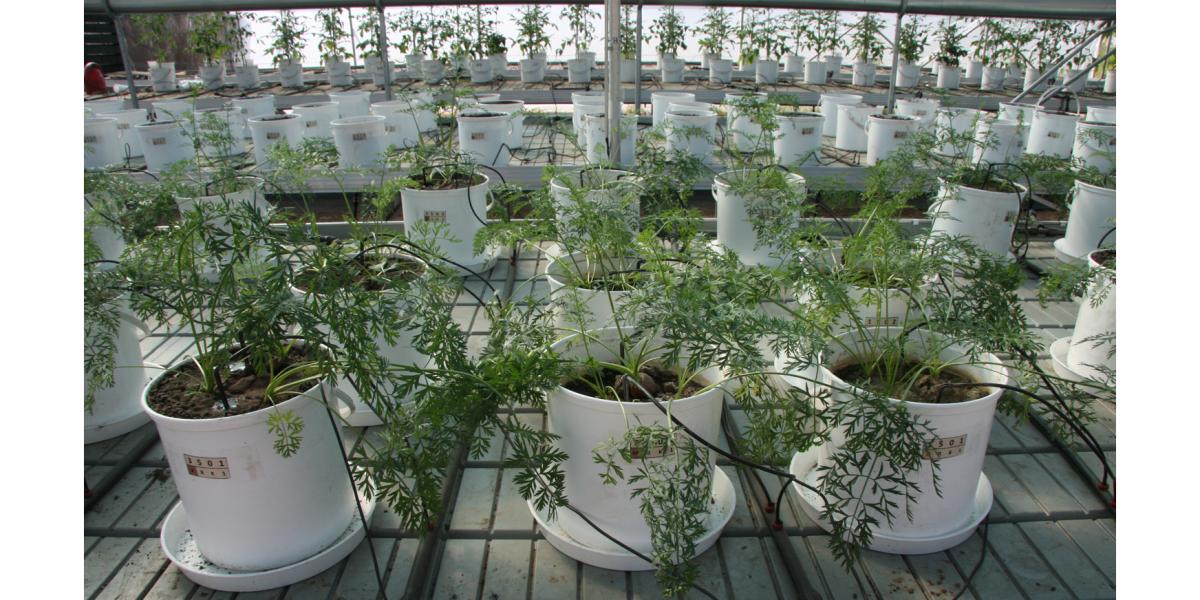Selenium deficient diets are a problem in large areas of the world and can have serious health consequences, thus, the biofortification of foods with Se has been an important research field for several decades.
The effect of 0, 100 and 500 μg L-1 Se-enriched irrigation water on green peas and carrots was investigated in a pot experiment set up in a greenhouse on sand, silty sand and silt soils.
Most of the treatments only slightly reduced the biomass, while the 500 μg Se L-1 treatment caused a significant decrease in the dry weight of carrot root. Treatment with irrigation water containing 100 μg Se L-1 increased the Se content in green peas and carrots 76 and 75 times, respectively, producing foodstuffs where 100 g of a fresh product covered 395% and 92% of the recommended dietary allowance, respectively, averaged over the three soil types. The Se concentration was higher for green peas in sand and carrots in silt. The treatments had little effect on the concentrations of other nutrients. Based on the results, the use of irrigation water containing 100 μg Se L-1 is recommended for carrots, while lower concentration is required for green peas. The enrichment of irrigation water with Se may be a suitable method for the biofortification and production of functional food under certain conditions.
The results were published in the Q2 journal Agriculture:
Ragályi, P.; Takács, T.; Füzy, A.; Uzinger, N.; Dobosy, P.; Záray, G.; Szűcs-Vásárhelyi, N.; Rékási, M. Effect of Se-Enriched IrrigationWater and Soil Texture on Biomass Production and Elemental Composition of Green Pea and Carrot and Their Contribution to Human Se Intake. Agriculture 2022, 12, 496.
https://doi.org/10.3390/agriculture12040496

